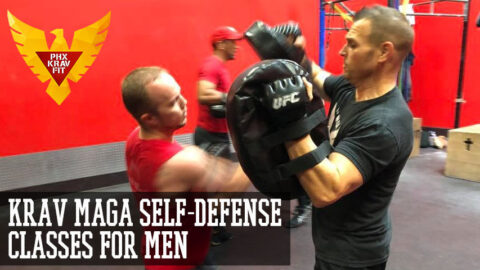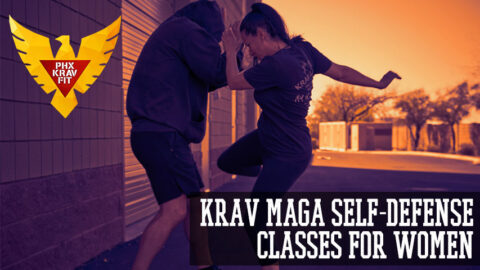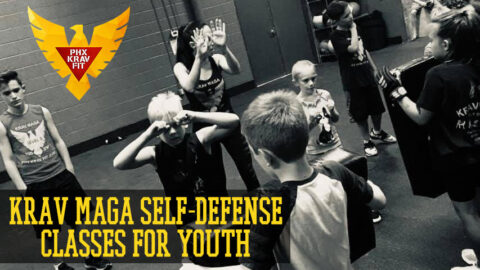Brachial Control Point
While training law enforcement in self-defense at the local, state and federal levels over the last 25 years, getting a proper curriculum “approved” to meet both ethical and legal standards has always been a challenge.
On one hand, I need to keep within important guidelines of standards, good decision making and proper response given a threat. On the other hand, these officers and agents are put in harms way, and they need techniques and tactics which can subdue an attacker, if not even take them out of commission.
With one agency I was contracted out with, they informed me that any strikes to the face were not allowed in the training, unless they were in dire circumstances. Unfortunately “dire” meant near death, and several hurdles needed be crossed before that could even be met.
As a result, I showed them a move I called the “Brachial Control Point” or BCP. The brachial area referred to the side of ones neck, where several nerves, arteries and muscles met in a very small area. The control word was added, not just for political correctness, but also because it could functionally be used as a pressure point used as pain compliance. Point is obviously a specific area, which again the powers that be liked as it was specific.
As I started teaching this to my civilian self-defense students, they loved it for several reasons.
First, it focused on a specific target (the side of the neck) which rarely moved, or attackers did not protect. When the attacker is taller, it created a “shorter and closer” target to strike. Finally, a swift strike using the BCP usually resulted in either knocking the attacker out (which happened several times in training), or disoriented them so one could move in to using even more brutal close quarter combinations.
In order to use the BCP, make a fist with your hand in order to firm up and tighten the muscles and tendons in your arm. Although you can strike using a forehand motion, the backhand will actually deliver more power. The striking surface can be anywhere from the bottom of your fist, to the middle of your forearm. As we’ve stated numerous times before, your target is the side of the neck, aiming somewhere in the middle.
If you can get in more than one of these strikes you will really soften up the attacker, and give them a mixture of pain, confusion and the feeling of being discombobulated. After these strikes, you can either push off and escape, or combo up the counter attack with knee and elbow strikes.



